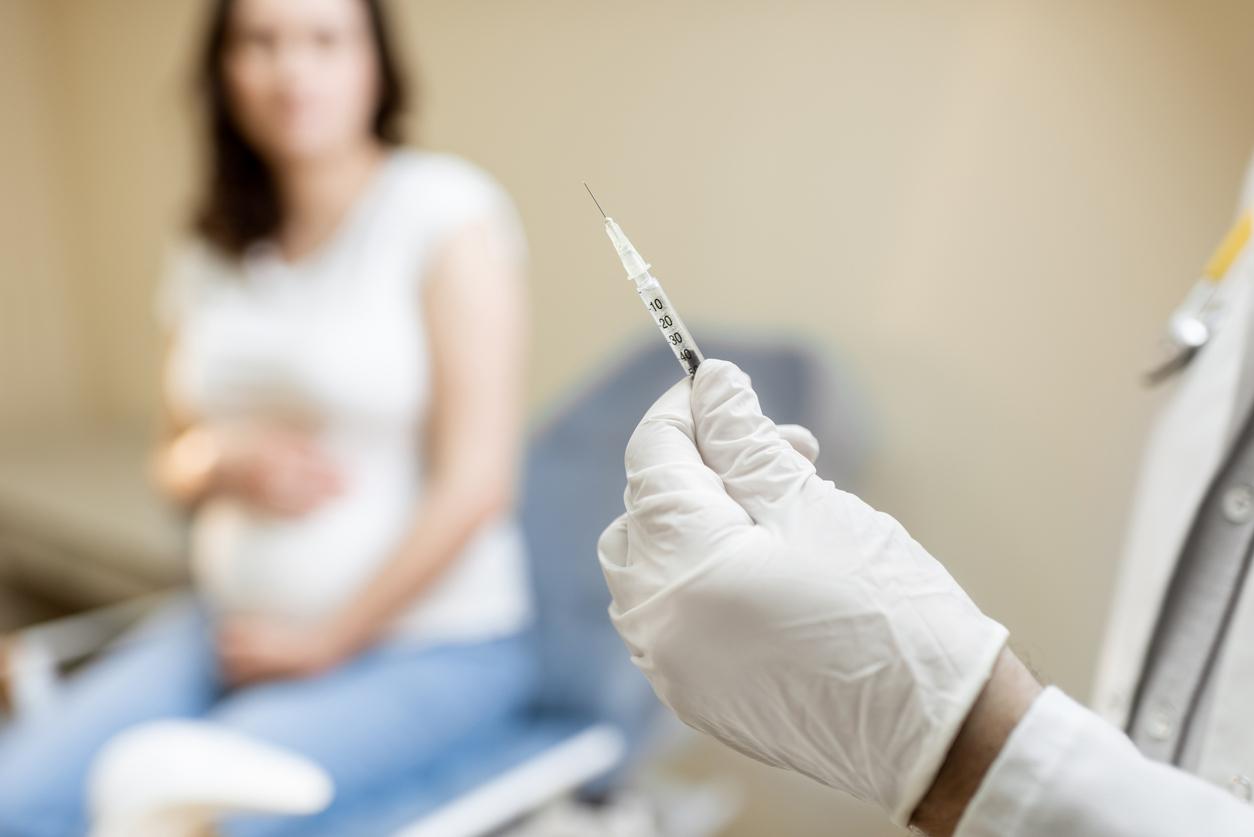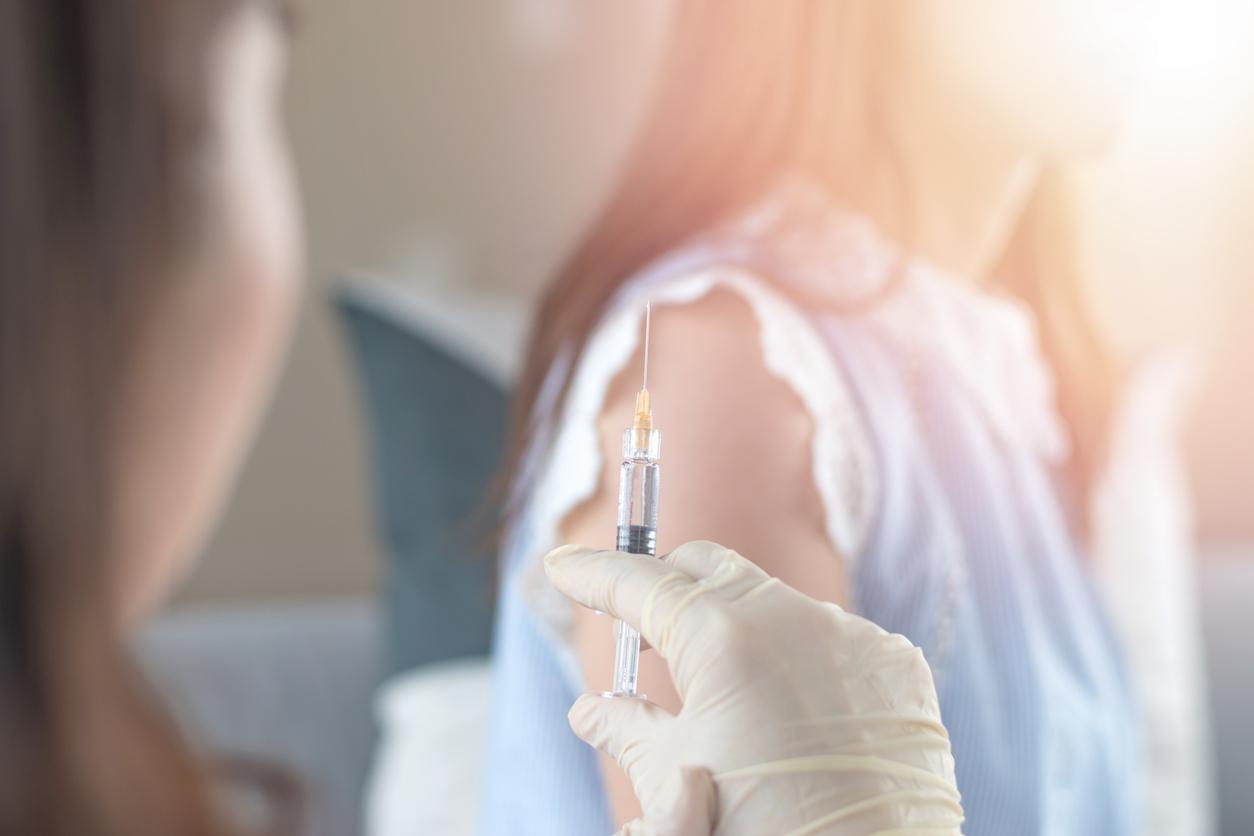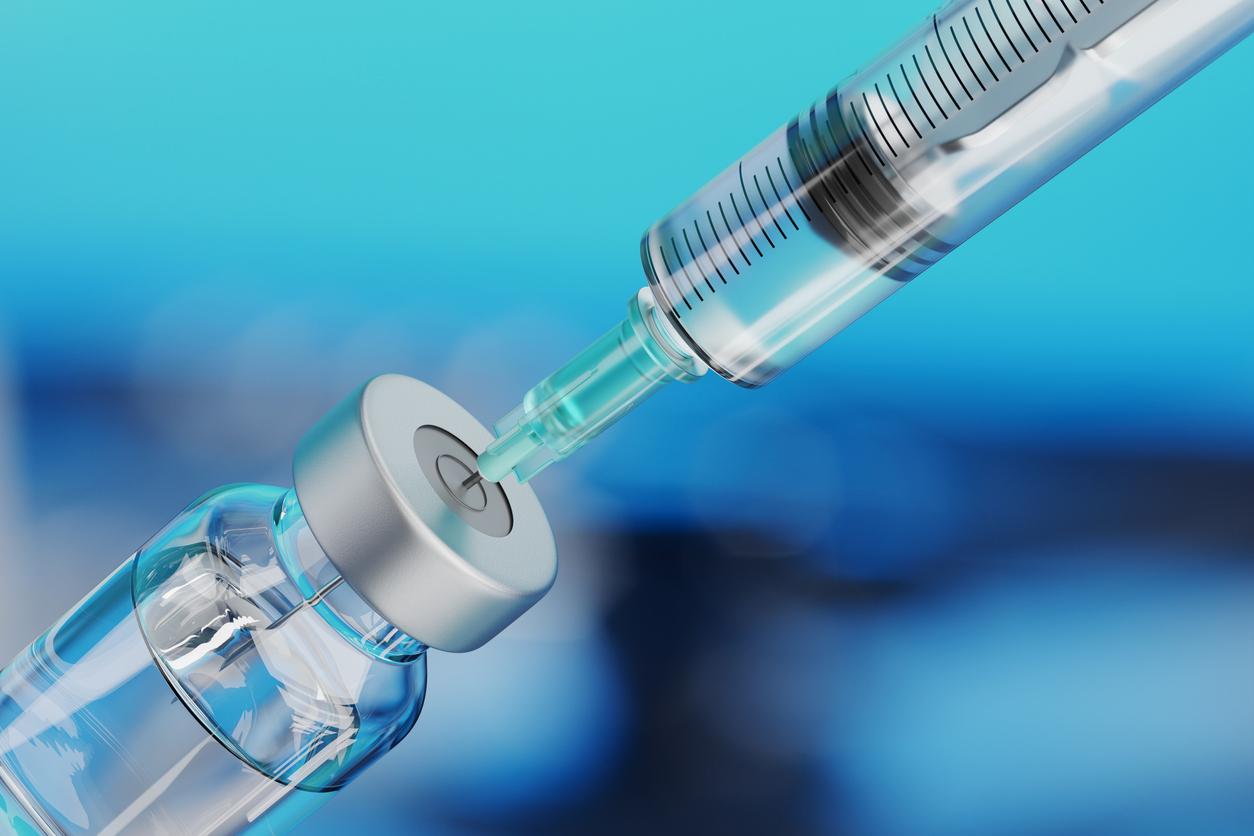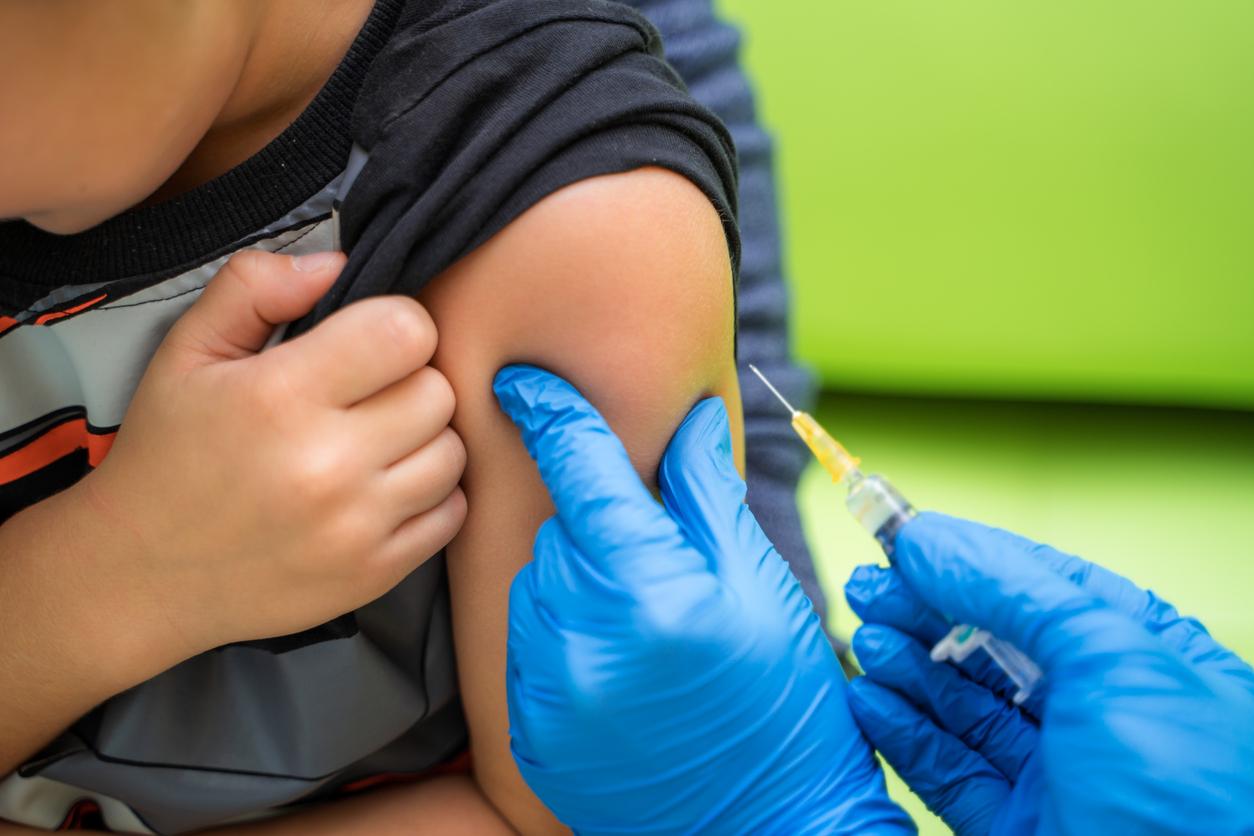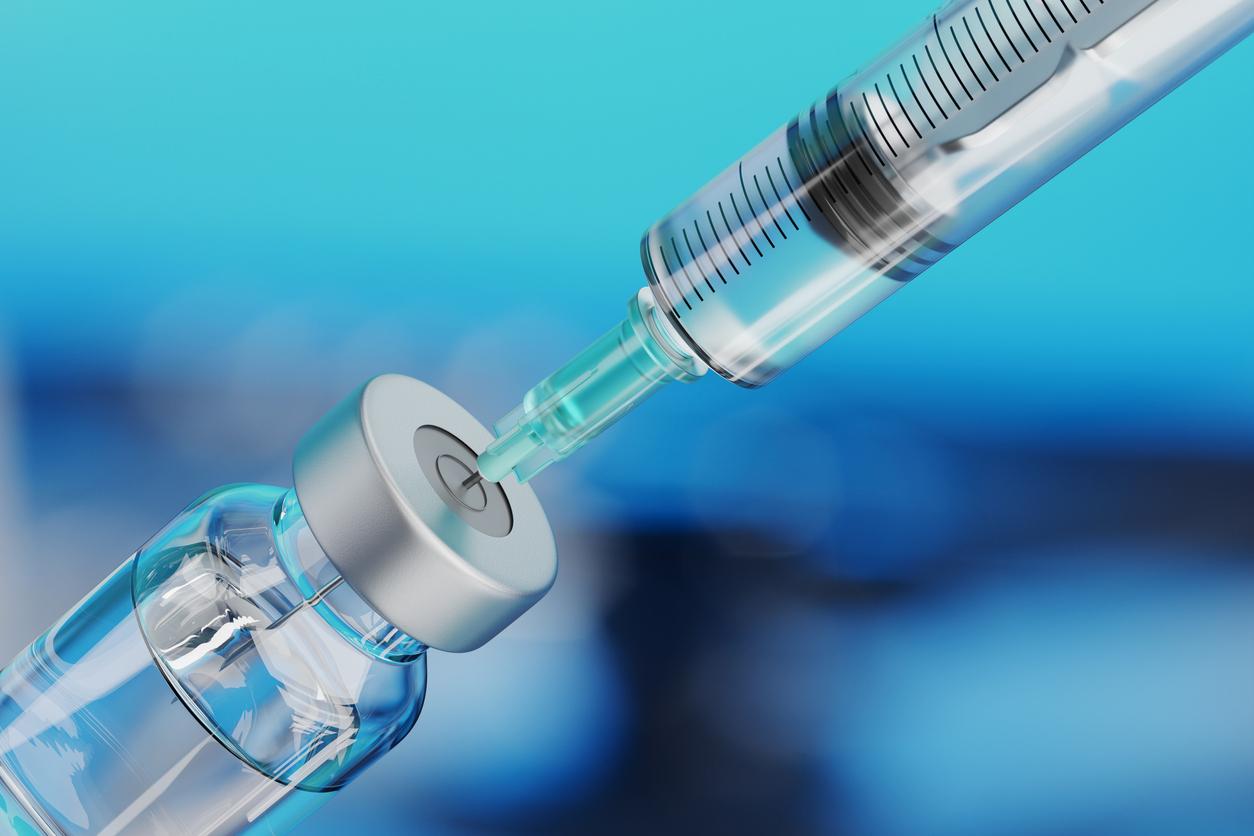The injection of an electronic chip using a syringe is possible but using it to exchange information remains impossible for the moment.
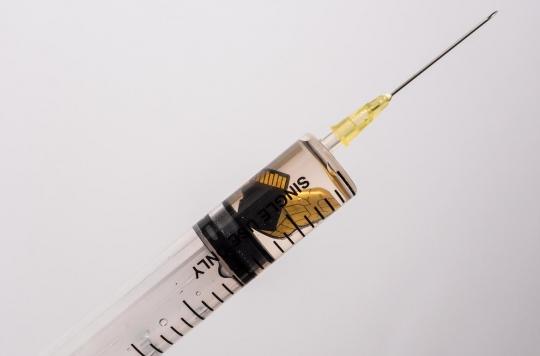
- It is now impossible to make this chip communicate with the outside and therefore to recover its data.
- It would be possible to inject a chip with the power of a mobile phone using a syringe.
- It is this technique that is used for veterinary marking.
- On the other hand, it would be technically impossible to recover the information contained in this chip.
This is one of the most prominent arguments of conspirators: the vaccine would be a way to inject a 5G chip allowing to collect a whole lot of private data. If this fantasy is far from reality, Jean-Marc Routoure, a professor of electronics at the University of Caen-Normandy, became interested in the subject to find out if this operation is possible. In an article published in The Conversationhe confirms that this is in the realm of the realizable but that it would on the other hand be impossible to use the chip to exchange information.
Transistors of only 2 nanometers
Technological advances mean that chips are getting smaller and more powerful. Today, transistors, needed to regulate the flow of electric currents, are so small that they are impossible to see with the naked eye. IBM recently announced that it has developed a transistor with an active area of just 2 nanometers.
This infinitely small size makes imaginable the possibility of burning transistors on a piece of square integrated circuit which would pass through the hole of the syringe. The needle has a circular hole with an internal diameter of 0.6mm. This leaves the possibility of introducing 1.8 billion transistors, or as many as in the chips that equip the previous processors of the phones. The operation consisting of inserting a powerful and waterproof electronic chip into a syringe is therefore possible.
Cats and dogs, precursors
It then remains to be able to use the data from the chip once it is injected into the host’s organism. For this, it must communicate with the outside. This requires the installation of antennas so that this is done wirelessly. To understand how this can work, you have to look at Maxwell’s equations according to which the ideal size of an antenna must be equal to the ratio between the speed of light and the frequency of electromagnetic waves. Concretely, for this specific case and taking into account the frequency of 5G waves, an antenna of about 2.1 cm would be needed. “With such a dimension, the whole surface of the chip is not sufficient to make the antenna even in the form of a serpentine”, says Jean-Marc Routoure.
The distance between the chip and the reader must be small: the more the distance is extended, the more the power emitted must be increased and therefore the volume of the battery must be increased. Taking this principle into account, the chip must be in direct contact with the reading system in order to be able to exchange information.
The exchange of information is impossible
Concretely, this means that it would be technically possible to inject a relatively powerful chip through the eye of a needle. On the other hand, its range to allow the information it would contain to be collected would be low and would require a reading system in contact with the skin, for lack of an antenna which is currently impossible to achieve.
.











